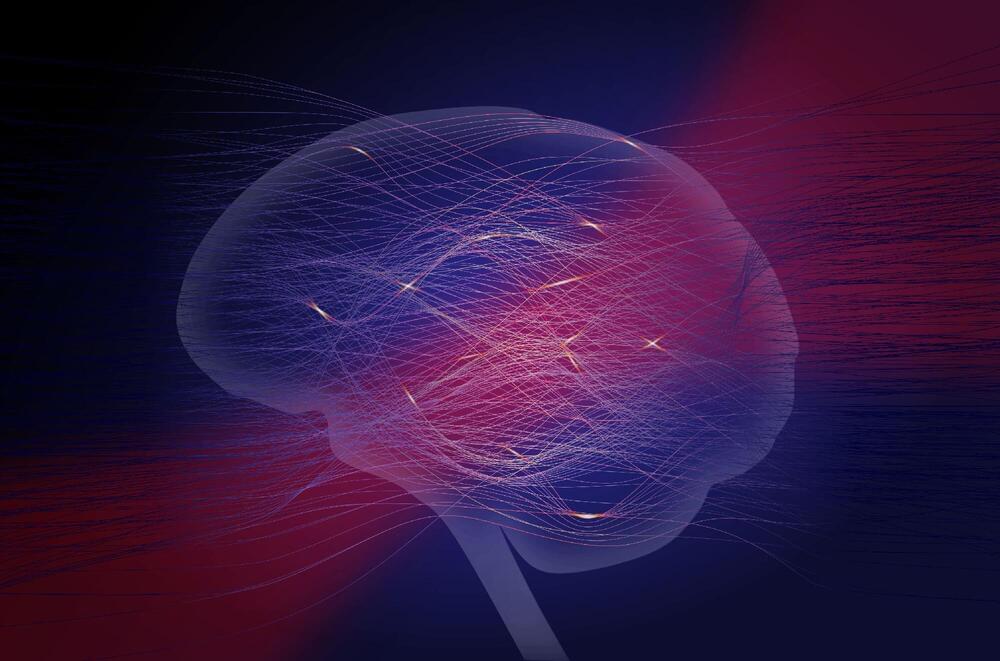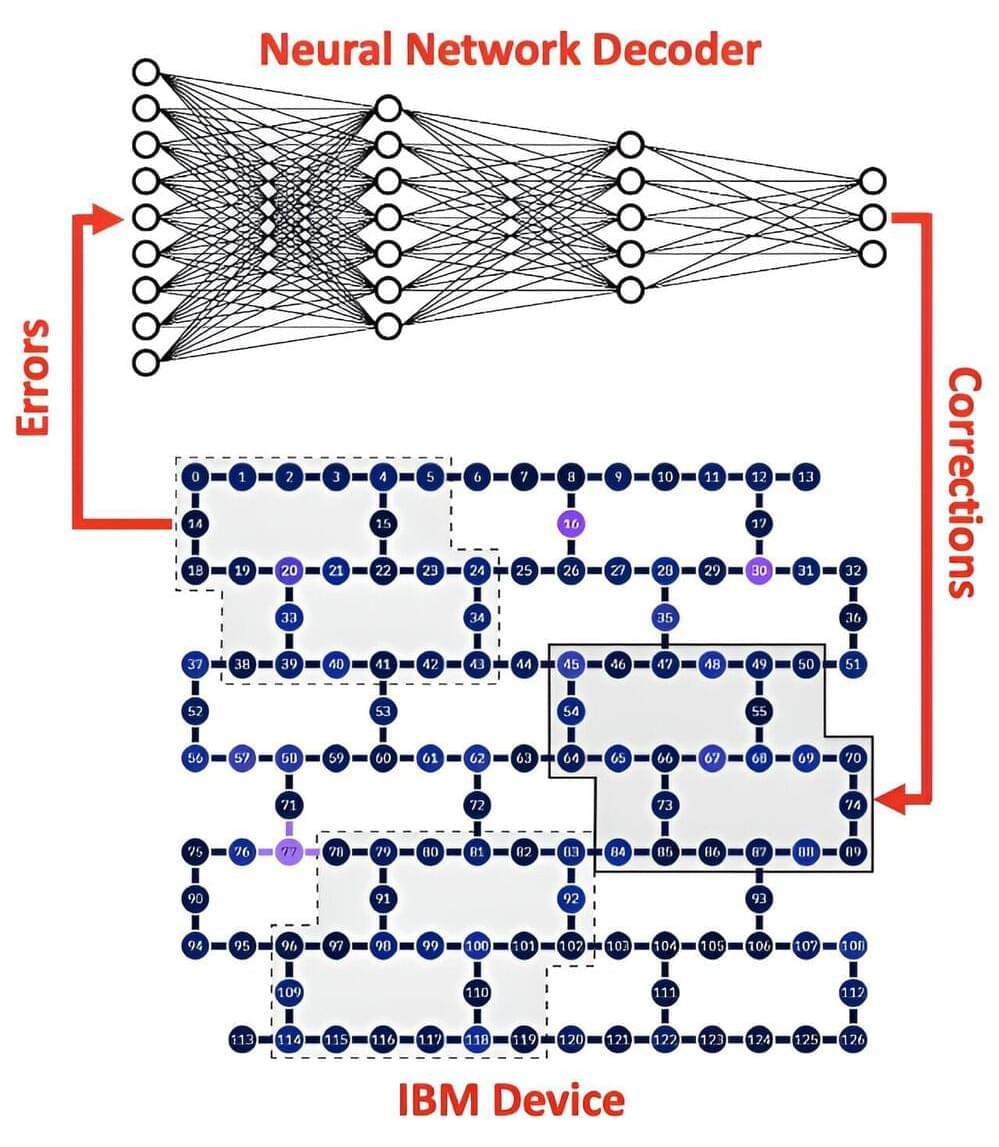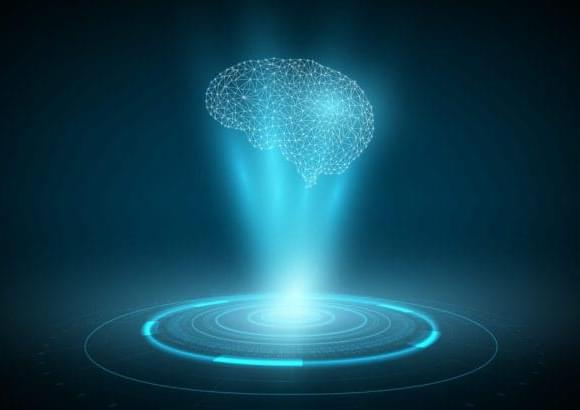You won’t have a job, but you will beat illness, boost your IQ and cheat death, says a futurologist.


A University of Maryland spinoff firm, Wave Engine Corporation, has created a simpler, more affordable jet propulsion system for drones.
The digitally controlled modern-day pulsejet engine features no moving parts and claims to offer major improvements in the cost reduction and rapid production of future jet-powered aircraft.
In March, the Baltimore-based company demonstrated the full flight capability of its J-1 engine on an Unmanned Aerial Vehicle (UAV).

World’s smallest violin for AI execs.
Researchers are ringing the alarm bells, warning that companies like OpenAI and Google are rapidly running out of human-written training data for their AI models.
And without new training data, it’s likely the models won’t be able to get any smarter, a point of reckoning for the burgeoning AI industry.
“There is a serious bottleneck here,” AI researcher Tamay Besiroglu, lead author of a new paper to be presented at a conference this summer, told the Associated Press. “If you start hitting those constraints about how much data you have, then you can’t really scale up your models efficiently anymore.”

To put the forecasted demand into context, consider this: A recent MIT study found that a single data center consumes electricity equivalent to 50,000 homes. Estimates indicate that Microsoft, Amazon, and Google operate about 600 data centers in the U.S. today…
Arguments exist that by 2030, 80% of renewable power sources will fulfill electricity demand. For reference, the U.S. generated roughly 240 billion kilowatt hours of solar and 425 billion kilowatt hours of wind, totaling 665 billion kilowatt hours in 2023. Assuming a 50/50 split between wind and solar, that scenario implies that, to satisfy the U.S. electricity demand that adequately facilitates AI competitiveness, wind and solar will have to generate approximately 3.4 trillion kilowatt hours of electricity each. That is more than a ten-fold increase over the next five years. The EIA highlights that the U.S. planned utility-scale electric-generating capacity addition in 2023 included 29 million kilowatts of solar (54% of the total) and 6 million kilowatts of wind (11% of the total), which pales in comparison to the estimated amount required.
It just doesn’t get much more clear; renewables cannot begin to supply the energy needed for AI data centers. Only fossil fuels and nuclear can get the job done. It’s that simple. AI is not something global elites are going to let slide by. They’ve had a good run with the Big Green Grift but those days are going to gradually (maybe not so gradually) come to an end, as the demand for energy to power AI forces a reconsideration.

Scientists propose a new way of implementing a neural network with an optical system which could make machine learning more sustainable in the future. The researchers at the Max Planck Institute for the Science of Light have published their new method in Nature Physics, demonstrating a method that is much simpler than previous approaches.

CSIRO research, published as a letter in Physical Review Research journal, found for the first time that AI could help process and resolve quantum errors known as qubit noise, which are generated by the nature of quantum physics.
Overcoming these errors is widely considered the largest barrier to advanced quantum computers moving from experiment to tool.
In conventional computers, information is stored and processed in “bits,” which work on the principles of binary numbers. Each bit can represent either 0 or 1. But quantum computing devices are made up of quantum bits, or “qubits.”

Hybridizing OI and AI, and adding what seems like a “human” component into our current advances, probably asks more questions than it answers. Here are some of those questions for the law, and how we might begin to think about them.
The Best — and Worst — of Brains
Envisioning how brain organoids might entangle themselves with the law doesn’t take a wild imaginative step; many of the questions we might have around brain organoid models are similar to the ones we’re currently grappling with regarding artificial intelligence. Would OI warrant recognition for the work it produces? And is that output protectible? Under current (and quickly-evolving) copyright developments, AI doesn’t meet the “human” requirement for authorship on its own. But AI (and OI) require human input to work, and there may be some wiggle room on AI work protection, either citing AI as a joint author with human operators, or drawing a line at a certain threshold of human control in the AI-generated work as sufficient for copyright protection.


